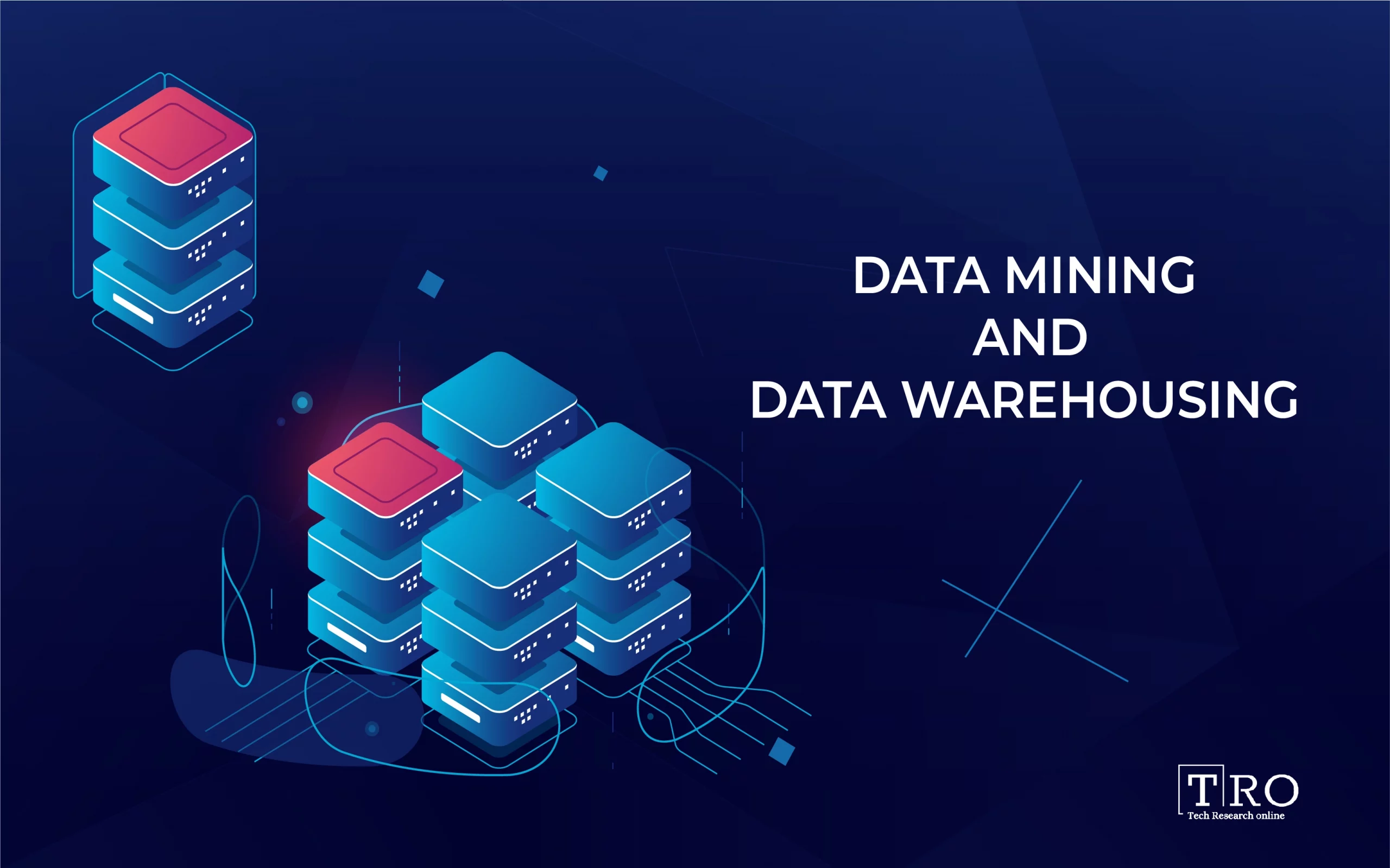Introduction
Data Warehouse Management (DWDM) and Data Mining are pivotal components in modern data analytics, empowering organizations to turn raw data into actionable business insights. DWDM involves the collection, storage, and management of data from various sources within a centralized repository, whereas data mining extracts meaningful patterns and trends from these large datasets to inform strategic decisions.
1. Fundamentals of Data Warehouse Management
- Data Warehousing: Centralized repository that consolidates data from multiple heterogeneous sources.
- Key Features:
- Subject-oriented: Organized around key business subjects.
- Integrated: Data consistency across sources.
- Time-variant: Maintains historical data for trend analysis.
- Non-volatile: Stable storage for data retrieval.
- Architecture Components:
- Data Sources
- ETL (Extract, Transform, Load) Process
- Data Storage (Warehouse)
- Metadata
- Query and Reporting Tools
2. Understanding Data Mining
- Definition: Analytical process of discovering patterns, correlations, and anomalies in large datasets using statistical and machine learning techniques.
- Common Techniques:
- Classification: Assign data into predefined categories.
- Clustering: Group similar data without predefined labels.
- Association Rule Mining: Identify relationships between variables.
- Regression Analysis: Predict continuous numeric outcomes.
- Anomaly Detection: Detect outliers or rare events.
- Applications: Market basket analysis, customer segmentation, fraud detection, predictive maintenance.
3. Practical Implementation Methodology
Step 1: Requirements and Planning
- Define business objectives and key performance indicators (KPIs).
- Identify data sources and stakeholders.
Step 2: Data Collection and Integration
- Use ETL tools to extract data from multiple sources.
- Cleanse and transform data to ensure consistency and quality.
Step 3: Data Storage Design
- Choose suitable data warehousing architecture (e.g., star schema, snowflake schema).
- Design physical data storage optimized for query performance.
Step 4: Data Mining Model Development
- Select appropriate mining techniques based on objectives.
- Prepare training and testing datasets.
- Train models, validate accuracy, and refine.
Step 5: Deployment and Monitoring
- Integrate models with business intelligence platforms.
- Monitor performance and update models regularly.
4. Tools and Technologies
- ETL Tools: Talend, Informatica, Apache Nifi.
- Data Warehousing: Amazon Redshift, Google BigQuery, Snowflake.
- Data Mining and Analytics: RapidMiner, Weka, SAS, Python libraries (scikit-learn, pandas).
- Visualization: Tableau, Power BI, Looker.
5. Challenges and Best Practices
- Ensuring data quality and consistency.
- Managing large-scale, complex datasets efficiently.
- Balancing data security and accessibility.
- Regularly updating models to maintain relevance.
- Effective collaboration between IT and business teams.
Conclusion
Integrating Data Warehouse Management and Data Mining equips organizations with a comprehensive system to collect, store, and analyze data effectively, driving smarter business decisions and competitive advantage. Through structured methodologies and practical tools, businesses can unlock the full potential of their data assets.

